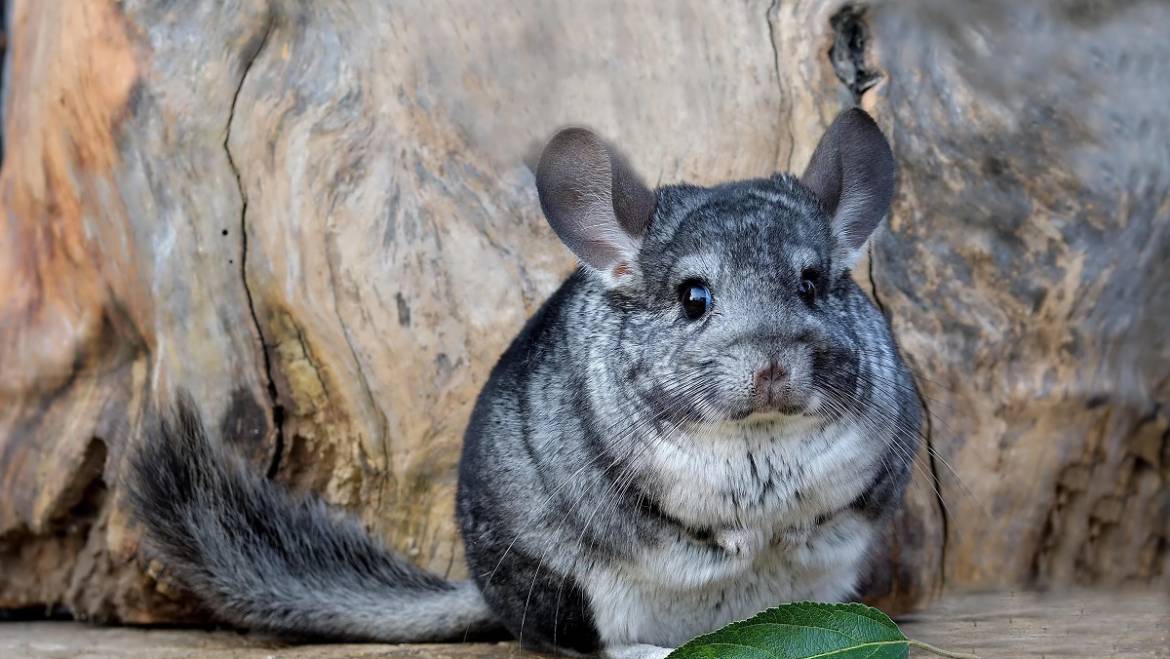Chinchillas are adorable and friendly pets that have gained popularity over the years, but it is essential to remember that they have their roots in the wild. Wild chinchillas are fascinating creatures with a rich history and unique adaptations that have enabled them to survive in harsh environments. In this article, we will explore the origins of chinchillas, their evolution, and how they have adapted to their current environment.
History and Evolution of Chinchillas
Chinchillas are native to South America and were first discovered in the Andes Mountains. These rodents have a long and fascinating history that dates back thousands of years. The Incas, an ancient civilization in Peru, valued chinchilla fur and used it for ceremonial robes, blankets, and clothing. The fur was so highly valued that only royalty and the elite were allowed to wear it.
The first chinchillas were likely larger than the ones we know today, with some species weighing up to 15 pounds. However, due to the climate changes and other factors, the chinchillas began to evolve into the smaller, fluffier creatures we know and love.
There are two species of chinchillas: the long-tailed chinchilla (Chinchilla lanigera) and the short-tailed chinchilla (Chinchilla chinchilla). The long-tailed chinchilla is more common and has a longer tail and a denser coat than the short-tailed chinchilla. The short-tailed chinchilla is smaller and has a thinner coat, making it less desirable for fur trade.
Wild Chinchillas Today
Today, wild chinchillas are listed as endangered by the International Union for Conservation of Nature (IUCN). Their population has decreased significantly due to habitat loss, hunting, and the fur trade. These rodents are now only found in small pockets in the Andes Mountains, and conservation efforts are in place to protect them.
Habitat and Behavior
Wild chinchillas are found in the high altitude regions of the Andes Mountains, where the climate is cold and dry. They live in colonies in burrows and are primarily active at night. Their thick fur helps them stay warm in the cold climate, and their long tails provide balance when they jump and climb.
Chinchillas are social animals and are known for their playful behavior. They communicate with each other through a variety of sounds, including chirps, barks, and squeaks. In the wild, chinchillas are prey animals and are constantly on the lookout for predators like owls, hawks, and foxes.
Wild Chinchilla Diet
Wild chinchillas are herbivores and primarily eat grasses, seeds, and small plants. They have a unique digestive system that allows them to extract nutrients from tough, fibrous vegetation. Chinchillas have a sensitive stomach and require a high-fiber diet to maintain good health.
Reproduction
Chinchillas have a long gestation period of around 111 days and give birth to litters of one to three young, called kits. The kits are born fully furred and with their eyes open. They are weaned at around six to eight weeks old and reach sexual maturity at around eight months old.
Challenges Facing Wild Chinchillas
Wild chinchillas face numerous challenges, including habitat loss, hunting, and the fur trade. As their habitat is destroyed for agriculture and urbanization, the chinchillas are forced to move to new areas, which can be detrimental to their survival. Hunting for chinchilla meat and fur also poses a significant threat to their population, as does the fur trade, which continues to drive demand for chinchilla fur. The fur trade is now illegal in many countries, but it continues to operate illegally in some areas, causing further harm to wild chinchilla populations.
Conservation Efforts
Conservation efforts have been implemented to protect wild chinchillas and their habitats. In 2003, the Chilean government declared the chinchilla a national monument, making it illegal to hunt or capture them. Additionally, several conservation organizations are working to protect the chinchillas and their habitats, such as the Save the Wild Chinchillas organization.
In captivity, chinchillas are bred for their fur, meat, and as pets. It is essential to ensure that these captive populations are managed responsibly to maintain genetic diversity and prevent inbreeding. Many breeders are now working to promote responsible breeding practices and the proper care of chinchillas as pets.
In conclusion, wild chinchillas have a fascinating history and unique adaptations that have allowed them to survive in harsh environments. However, their populations are now threatened by habitat loss, hunting, and the fur trade. Conservation efforts are in place to protect these adorable rodents, and it is essential to ensure that captive populations are managed responsibly. By learning about their origins and behavior, we can better understand and appreciate these fascinating animals.







